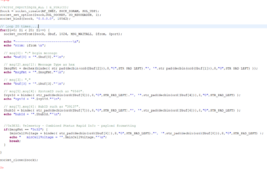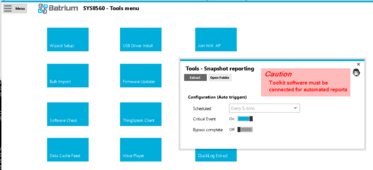I don't have a problem with the design or the setup. I designed my system for when a cell might possibly short internally and sleep very well at night.
Someone made the comment the BMS is what caused the fire here and a bunch of members who never ran a Batrium jumped on it. Then when that didn't work, now it is attempting to say the Class T fuse won't interrupt the circuit, after I asked if the house electrical system has 2 circuit breaking devices .
Talk about constantly stretching.
It doesn't need to. Does your house electrical system tell the power plant to shut down if you have a fault in your house?

Rhetrorical.
I think some here need 5 fuses and 3 BMS's per battery to ensure that this is shut down. Make it 6 fuses and 4 BMS's, an even 10 possible circuit disconnects because 5 fuses might not break the current and the 3 fet based BMS's didn't work either, but melted all together.
It isn't ridiculous now is it? Afterall, more is better and more after that is even better yet.
This is what you sound like reading the comments.
Rant over.













